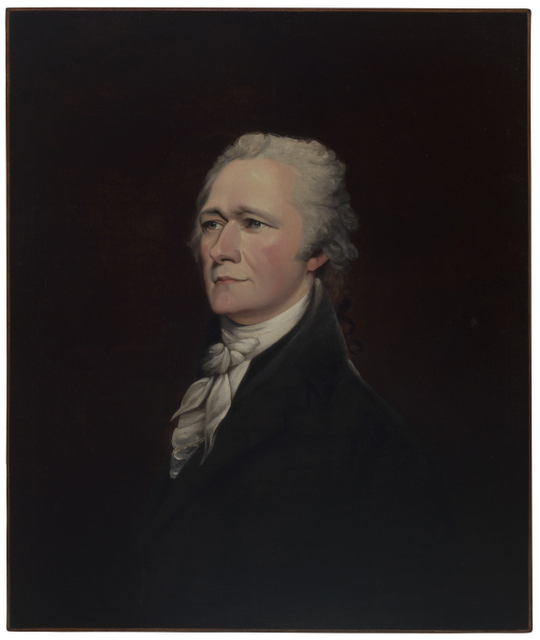 Alexander Hamilton by John Turnbull. Image via Museum of the City of New York
Alexander Hamilton by John Turnbull. Image via Museum of the City of New York
This past Friday, February 5th, the Museum of the City of New York opened an exhibit on early American portraiture titled Picturing Prestige: New York Portraits, 1700-1860. Curated by Bruce Weber, the exhibit illustrates early New York’s growth as a city and arts capital featuring paintings of New York High Society, Titans of Industry, and some of our nation’s Founding Fathers.
The exhibit hall is split into three distinct sections, each highlighting the particular styles and themes of pre and post Revolutionary War and War of 1812. It moves in chronological order showing the development of portraiture over time split into sections titled as follows: Colonial Foundations (1700-1776), Young Hood Nation (1776-1815), The City Rises (1815-1860). Bruce Weber explains that it was organized in this way because the story changes with painter and patron over time.
Colonial Foundations was a time when New York City was trying to become more established so wealth was distinguished through portraiture. The city’s merchant elite were also the most diverse population as the descendants of the area’s first Dutch, English, Protestants, Jews, Huguenot, and others. Moving from this section to the next, there is clear change in painting style allowing visitors to visually mark the change in America after the Revolutionary War.
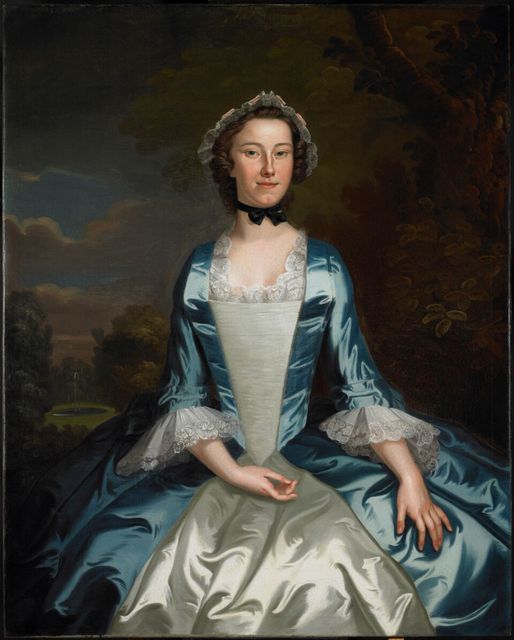 Margaret Marston Philipse by John Wollaston (1751)
Margaret Marston Philipse by John Wollaston (1751)
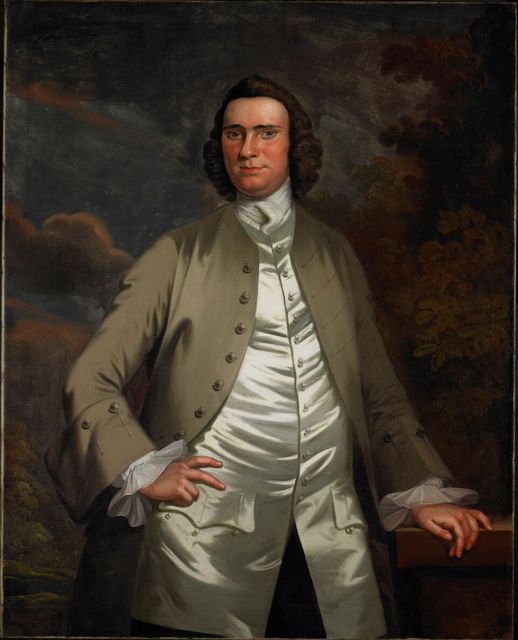 Philip Philispe by John Wollaston (1751)
Philip Philispe by John Wollaston (1751)
Young Hood Nation represents the change in importance and purpose of American independence where a new sense of national pride and identity was exemplified through portraiture. The exhibit clearly and thoughtfully uses portraits of people who were highly influential in the fight for freedom. The two most prominent figures in Young Hood Nation are not members of socially important families, instead they are two of our nation’s founding fathers: George Washington and Alexander Hamilton. Interestingly enough, the portrait of Hamilton is the one by John Trumbull that inspired the face for our $10 bill.
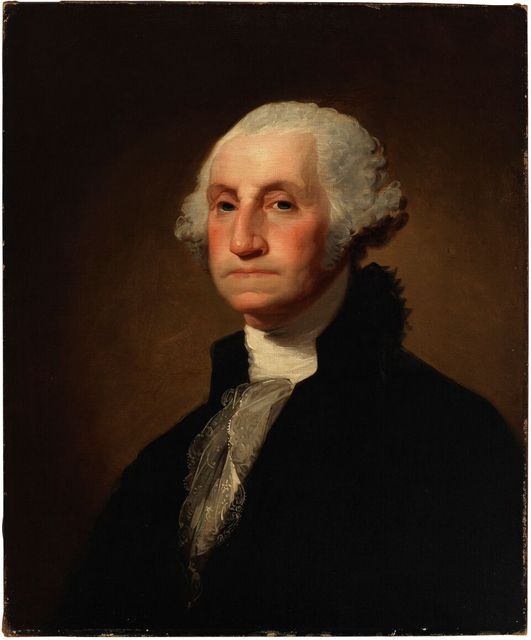 George Washington by Gilbert Stuart (1796)
George Washington by Gilbert Stuart (1796)
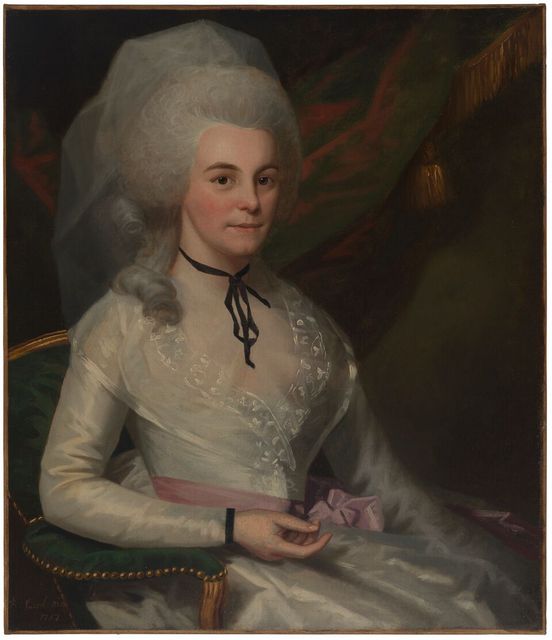 Mrs. Alexander Hamilton by Ralph Earl (1787)
Mrs. Alexander Hamilton by Ralph Earl (1787)
The exhibit is also showing a collection of miniatures which are small portraits kept as keepsakes. These were the original version of the family wallet photos. The portraits were done in watercolor on delicate ivory. Though carefully covered by a felt cover at the exhibit, they are available for viewing. An interactive screen on the side gives more detailed example of the miniatures.
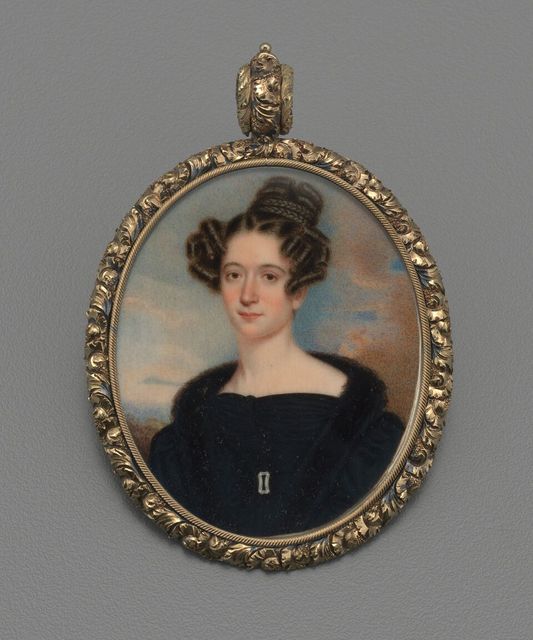 Miniature of Maria Isabella Grimm by Frederick R. Spencer (1832)
Miniature of Maria Isabella Grimm by Frederick R. Spencer (1832)
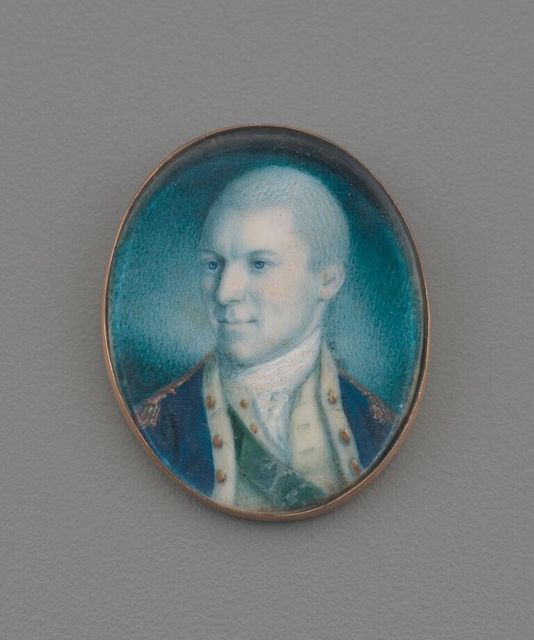 Miniature of Lieutenant-Colonel Alexander Hamilton by Charles Willson Peale (1777)
Miniature of Lieutenant-Colonel Alexander Hamilton by Charles Willson Peale (1777)
Finally, in the third section, The City Rises, we see New York City thrive economically. Post-War of 1812, it became the nation’s largest city and most important port. These particular portraits are of eminent families with an emphasis on romanticism. Most notably, visitors get to see members of the Brooks family, of Brooks Brothers fame.
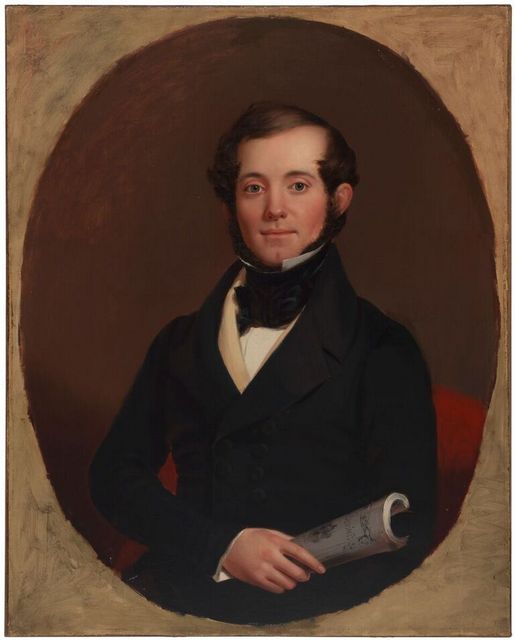 John E. Brooks by Shepard Alonzo Mount (1845)
John E. Brooks by Shepard Alonzo Mount (1845)
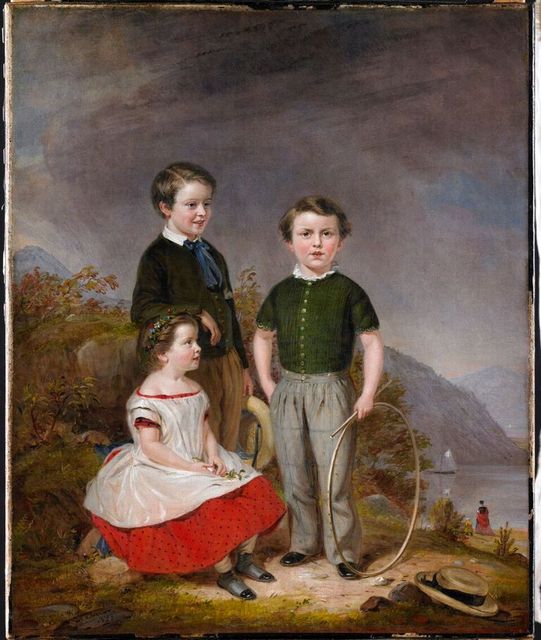 Adelaide, John, George Brooks by William Sidney Mount (1849)
Adelaide, John, George Brooks by William Sidney Mount (1849)
The people in these portraits are not just anybody. They are history’s most celebrated New Yorkers, the ones who shaped the city in its formative years as it grew from its colonial foundations to the thriving, power-house of the mid-19th century. Weber explained that “the portraits in this exhibition are works of art in and of themselves, but they also windows into the lives and times of legendary New Yorkers.”
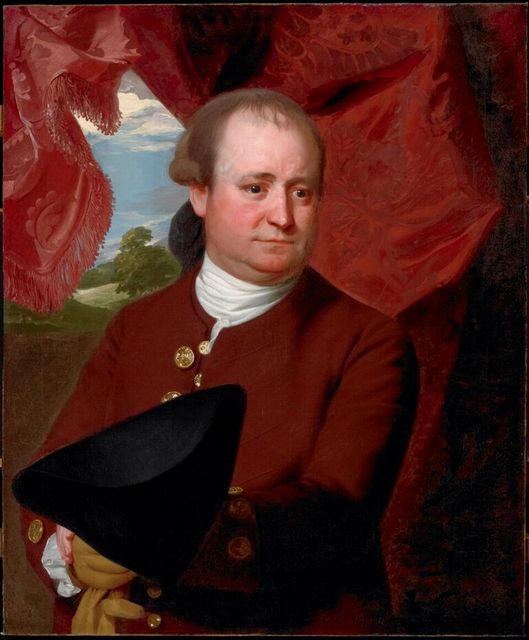 Henry White by John Singleton Copley (1784)
Henry White by John Singleton Copley (1784)
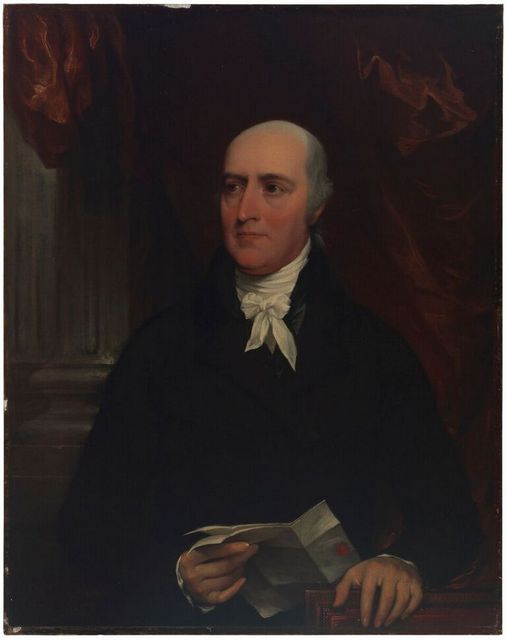 Richard Varick by John Trumbull (1805)
Richard Varick by John Trumbull (1805)
The history and personal lives of the figures shown will not remain a mystery to visitors. Each portrait has a plaque detailing artist information and personal information of the sitting figures to give viewers a clear and vivid history on the people who shaped the city. As Weber explains, “Today, New York City’s role as a cultural center is undisputed. Picturing Prestige helps explain how we got there.”
If you are curious to learn more about the figures who shaped this great city and the painters who captured their prestige in oil on canvas, then head on over to the Museum of the City of New York to check out the exhibit, now open to the public. Also, on Thursday February 11th at 6:30 pm, the museum will be hosting Hamilton and Friends: Portraiture in Early New York, an in-depth talk on the themes of the exhibit. Untapped Cities, which is a co-sponsor of the event, is offering readers a discount on tickets to the event using code HAM1.
Next, check out more Revolutionary War history in NYC with this Untapped article: The Battle of Harlem Heights Was Fought at Modern Day Columbia University.





